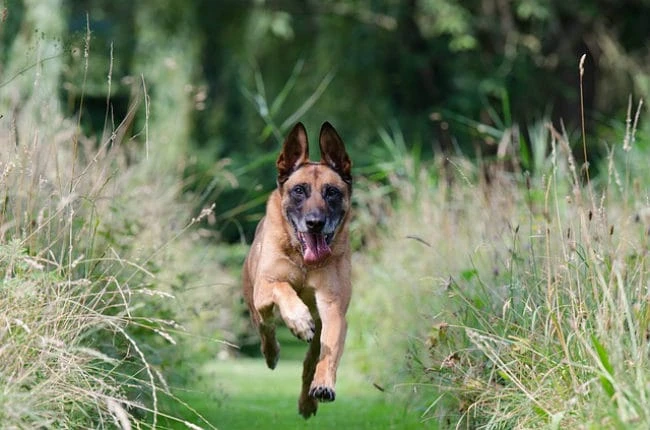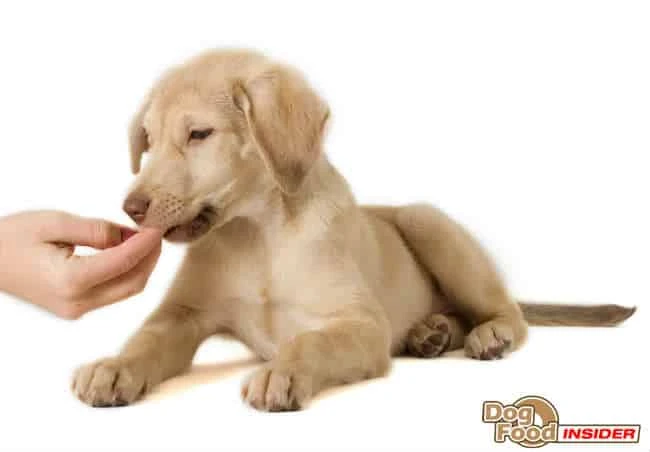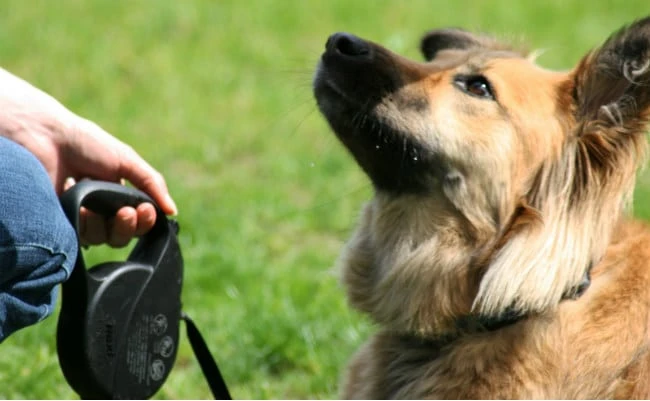Clicker Training Guide, Free Dog Clicker Training, Reinforcement Theory
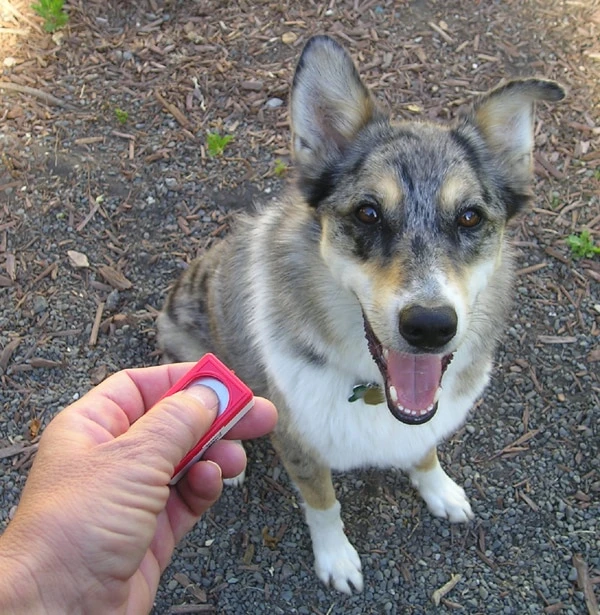
Our free dog clicker training guide has provided the best free tips on how to train your dog from home using this popular ‘reinforcement theory’.
The most famous dog training expert that uses this method is undoubtedly karen pryor thats why we have provided a link to her step by step ebook guide & some free clicker training videos for you to watch.
Some experts consider this technique so effective that it can reduce the time it takes to train your dog or puppy by as much as a 1/3!
So lets get started with our guide…
Step by Step Clicker Training Guide
What is Clicker Training?
- Clicker training is a dog training method that can be used with dogs and other animals. The method is based on behavioral psychology with the trainer marking positive behavior with a ‘click’ and then rewarding the positive behavior afterwards.
- Reward based training uses a treat after the positive behavior has occurred – unfortunately this doesn’t always tell your dog what they have done well – clicker training is different as the ‘click’ informs and rewards your dog at the exact moment that they have done well – your dog is then rewarded.
- If your dog doesn’t hear a ‘click’ after he has performed a task he won’t associate a treat or other reward with the performed task or action.
- Another problem with not using a clicker and just using a treat to reward your dog is that the treat or reward may confuse your dog as they may associate the reward/treat with another unwanted task or action which of course causes more problems that it cures.
- After a period of time when your dog has learned and understands the behavior you want you can then stop using the clicker and use intermittent praise to maintain the positive behavior.
Step by Step Clicker Training Guide
The Basics

Find a quiet place where there are no distractions – get some of your dog’s favorite treats ready and hold the clicker behind your back.
- Start by asking your dog to ‘sit’ in a firm but cheerful voice – raise the pitch of your voice slightly.
- When your dog sits now ‘click’ the clicker and then give your dog a reward i.e the treat.
- Keep practicing up to five times – after your dog has heard the ‘click’ this many times he will associate the ‘click’ with the reward.
Below is a brief clicker training guide video to get some more tips…
Step by Step Clicker Training Guide
An Advanced Clicker Training Guide
- Ok start by getting some bite sized treats to use alongside the clicker – we recommend some small cubes of roast chicken.
- It is vital that you click at the exact moment your dog has performed the desired behavior – whether this is sitting, lying down or something else.
- If your dog is struggling and not progressing you may be clicking too late – a good tip is to get a friend to watch and tell you if you are clicking at the right time.
- Don’t get over exuberant with the clicks – just one will do (in and out) if you are really happy with your dog’s behavior and performance increase the number of treats and not the number of clicks.
- Start the clicker training with simple tasks like the one we did above in the the basics – using the sit command as is always a good start.
- If you want to make things even more simple use the clicker when your dog does things that he always does i.e when he comes to you after calling his name or when he poops outside.
- Don’t use prolonged training sessions when clicker training – keep sessions short, fun and interesting.
- Your aim is to always reward positive behavior which will in turn cure bad behavior – so click when your dog doesn’t jump up, or doesn’t pull on the leash (when the leash goes slack) but get the timing right.
- Think of your clicker as a small camera and you are taking a picture of the behavior that you want.
- Remember to click and reward efforts in the right direction – if your dog makes an attempt to sit but doesn’t quite sit – still click.
- Start shaping your dog’s behavior – this involves increasing the goals – if your dog is performing all the tasks i.e. he is sitting and lying on cue then wait a little longer before you click.
- Your dog may start performing tasks and required behavior spontaneously because he wants the ‘click’ – now use a verbal cue or hand signal and then click for that behavior.
- Carry your clicker around with you so you are always ready to reward and click positive behavior.
- Don’t get angry with your dog, the more interesting you make the training for your dog the more successful you will be.
- Always remain fair and consistent – your dog will respect you for it.
Step by Step Clicker Training Guide
The Advantages of Clicker Training
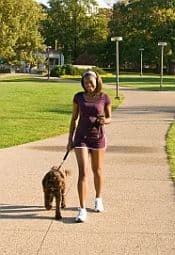
- This method is a great way for you to strengthen your bond with your dog. By working together your relationship will grow into a mutual respect for one another.
- It’s a great safe, not aggressive, non violent, gentle and positive way to train your dog and has been scientifically proven to be very effective.
- It focuses on what your dog is doing right rather than what your dog is doing wrong – this alone will increase your bond.
- By consistently focusing on the positive behavior your dog is showing – this will help raise a more confident, intelligent and creative dog.
- It is a very easy method to learn and you can learn and make mistakes together.
- It’s a fantastic method to use with small puppies – by starting young and working through this clicker training guide together your puppy will grow up understanding the technique and will want to perform the desired behavior.
- Dog clicker training is also great when used to train large dogs. Rather than pulling and maneuvering your large dog around into the desired position – you are cooperating and working together. Did you know that this technique is used to train Rhinos – thats how effective it is!
We hope you found our clicker training guide useful, work through it together and practice until you have both mastered the basics before you move onto the more advanced techniques.
